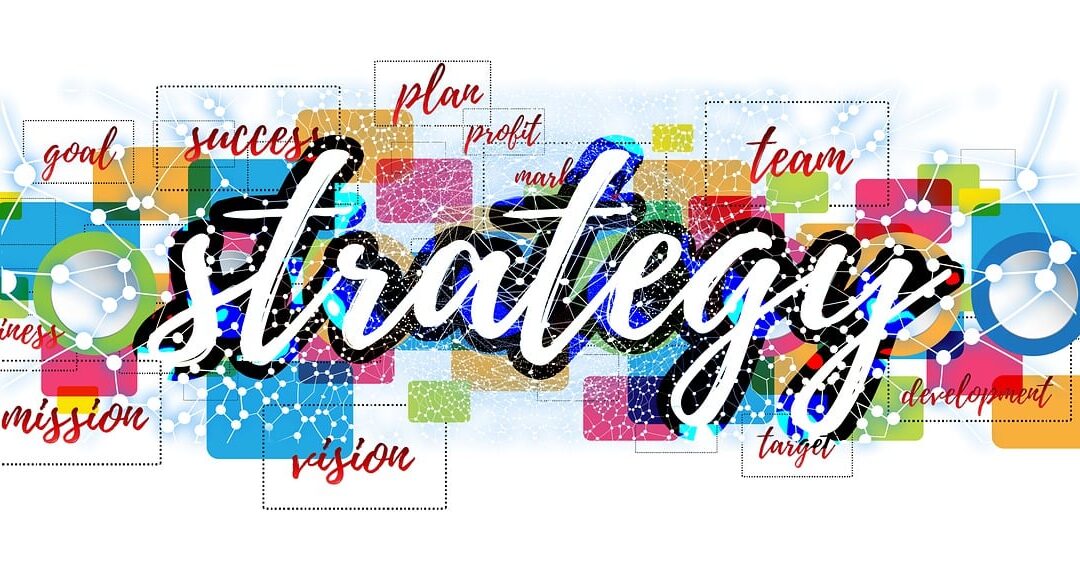Strategic Visibility: Turning Plans into Shared Roadmaps
(If your strategy only lives in the boardroom, you do not have a strategy — you have a secret)
Let me guess: somewhere in your organisation, there is a beautifully formatted strategy document sitting on a shared drive that only a handful of people have opened. And you think that is fine, because “not everyone needs to know everything.”
Here is the uncomfortable truth: when your plans are invisible to most of your people, you are not protecting them from overload. You are depriving them of alignment.
Gallup’s 2025 data makes the case in blunt numbers:
- Only 47% of employees strongly agree they know what is expected of them at work.
- Overall engagement is hovering at 32%.
(Gallup source)
And here is the kicker — when leaders communicate clearly, inspire confidence in the future, and share progress openly, 95% of employees fully trust them. (Gallup source)
Visibility is not just about ‘keeping people informed.’
It is about inviting them into the journey, not as passengers but as navigators. Because when people can see the route, they can adjust their own work to get you there faster.
Try these counter-intuitive visibility moves:
- Post the messy version – Share transformation drafts, not just the final polished roadmap. Let your teams see how strategy evolves and where they can shape it.
- Show the scoreboard – Create a living dashboard that updates in real time, visible to everyone, not just the C-suite.
- Name the risks – Publish the top three uncertainties you are facing. Watch how quickly people start solving them when they are not hidden.
- Shrink the updates – Instead of an annual “state of the nation” presentation, do a five-minute weekly progress video. Short, sharp, human.
Why most leaders resist this:
They fear that showing too much will cause distraction, dissent, or panic. The irony? The opposite is true. When people cannot see the plan, they make up their own — and those versions are rarely flattering or aligned with reality.
Your strategy should be like a shared map, not a locked safe. When every team member can see where you are heading, what has been achieved, and what is next, you get alignment without micromanagement, accountability without coercion, and trust without spin.
So, ask yourself: If I dropped into the break room today and asked any random person to explain our top three priorities, would I like the answer? If not, your roadmap might be beautiful — but it is still hidden.

